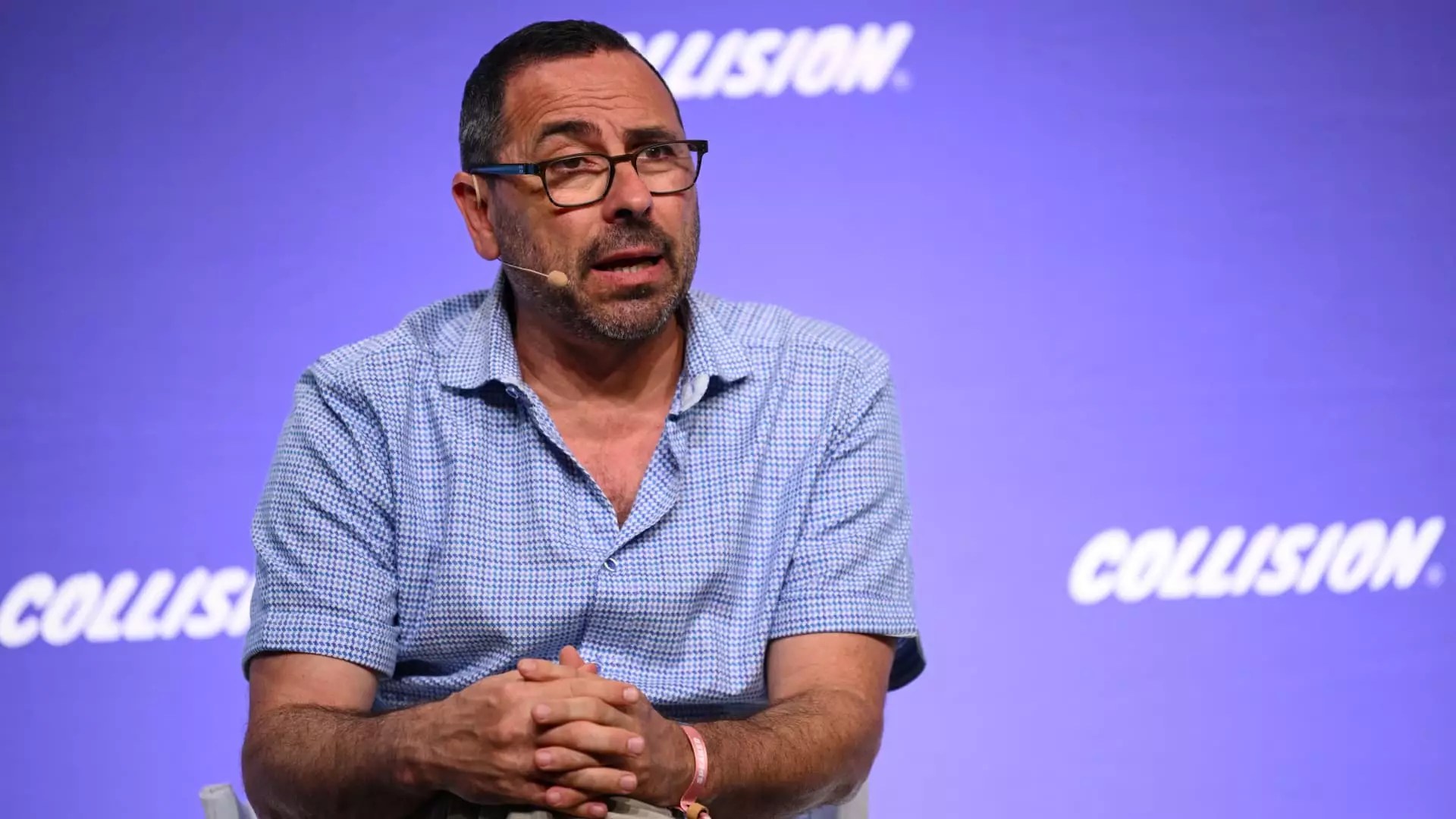Cerebras Systems has recently secured a significant partnership with Group 42, a Microsoft-backed AI entity from the UAE, marking a critical leap in its journey towards going public. This move, facilitated by the Committee on Foreign Investment in the United States (CFIUS), raises provocative questions about the intersection of American innovation and foreign investments. Cerebras stands at the forefront, challenging the dominance of Nvidia – not just in the realm of AI chip development, but in the broader landscape that shapes technological progress. However, it’s the financial dependence on Group 42, which accounts for a staggering 87% of its revenue, that casts a shadow over the company’s autonomy and raises the stakes for its impending initial public offering (IPO).
Regulatory Scrutiny and Its Implications
The path to a successful IPO is rarely straightforward, but for Cerebras, uncertainty looms large due to its entanglements with foreign entities. The cautious oversight of CFIUS highlights the anxiety among lawmakers about national security, especially given past concerns regarding Group 42’s connections with Chinese companies. The navigation of such regulatory landscapes reflects an era where innovation must continually measure its benefits against the potential risks to national interests. While Cerebras champions its position as a United States entity committed to cutting-edge AI technology, the palpable fear of foreign influence raises an uncomfortable dilemma: should innovation be compromised by geopolitics?
Corporate Sentiment in a Skeptical Climate
Andrew Feldman, Cerebras’ co-founder and CEO, publicly acknowledges the pivotal role of U.S. leadership in fostering an environment conducive to AI investment. His gratitude towards President Biden and Group 42’s management underscores a symbiotic relationship that thrives amid skepticism. However, one must question the sincerity of this partnership—are these corporate alliances genuinely rooted in shared innovation goals, or merely financial expediencies designed to navigate an ever-turbulent economic landscape? The looming IPO, with no disclosed timeline, casts doubts about Cerebras’ strategic foresight amidst a market increasingly hostile towards unprofitable ventures.
The IPO Landscape and Market Pressures
The contemporary IPO landscape has seen a dwindling number of tech companies daring to take the plunge since 2021, primarily driven by rising interest rates that deter unprofitable players. With only a handful of companies managing to brave the public offerings, the bleak performance of CoreWeave serves as a cautionary tale. Its recent 7% share price drop suggests a market teetering on the brink of skepticism towards new offerings. Cerebras, therefore, enters this fraught terrain with both opportunity and risk, needing to not only sell shares but also convince investors of its long-term viability in a fluctuating economic environment.
Though Cerebras is on the cusp of something exciting, the delicate balance it must strike between innovation and regulatory caution can’t be overstated. As it forges ahead, the implications of foreign investments, market skepticism, and regulatory scrutiny will undoubtedly shape its narrative in the tech industry.


Leave a Reply